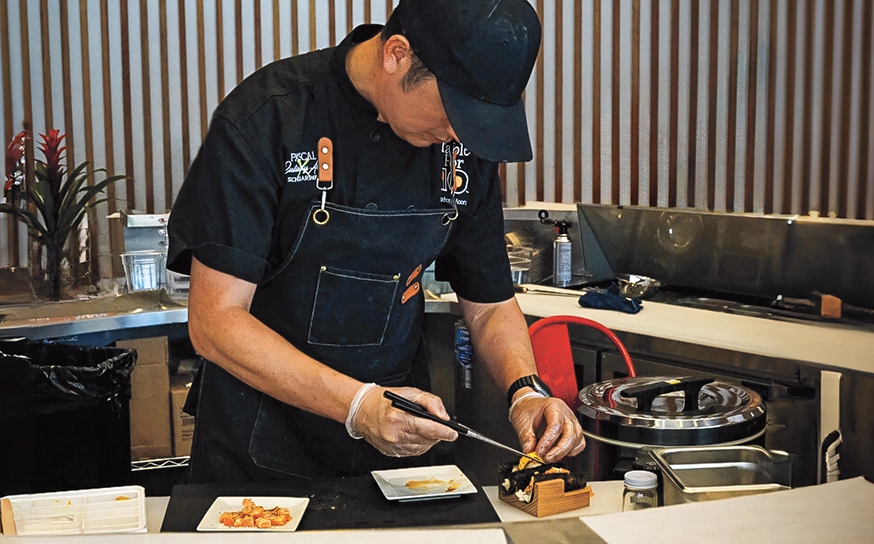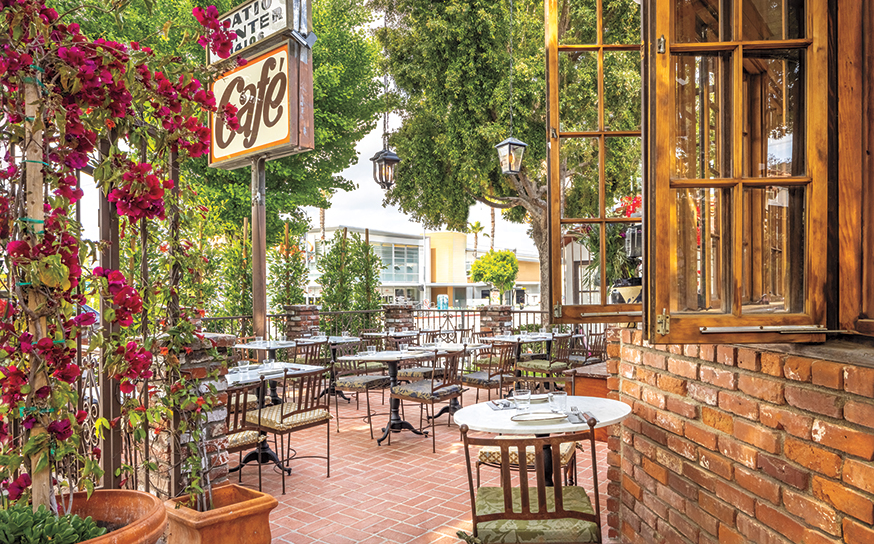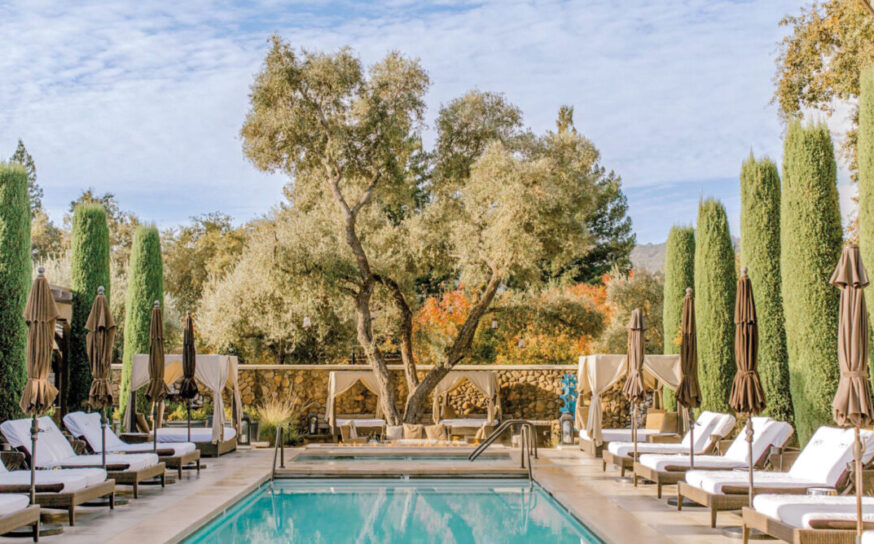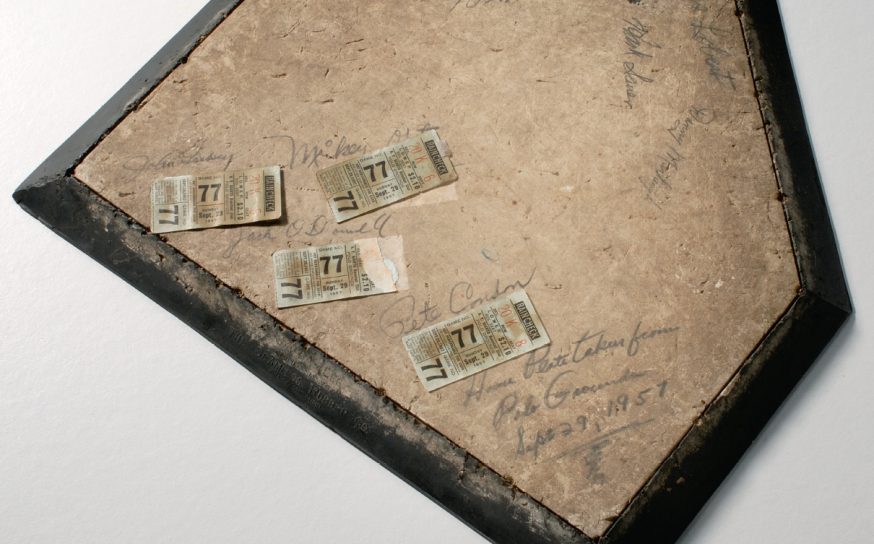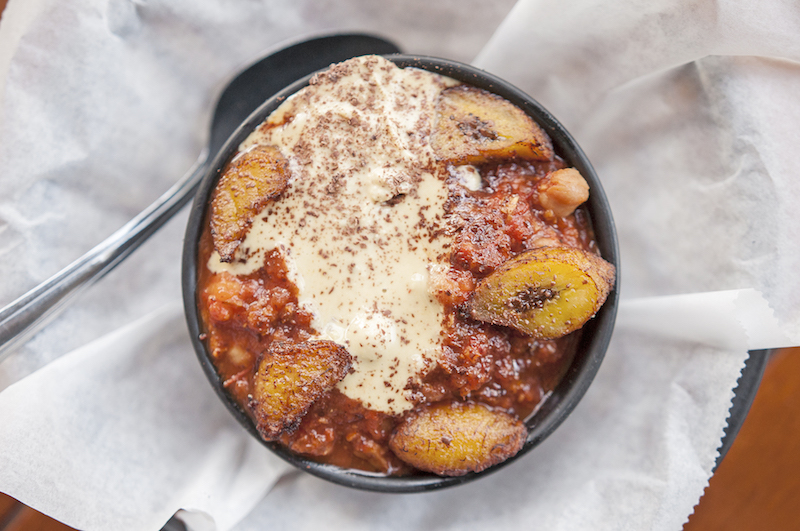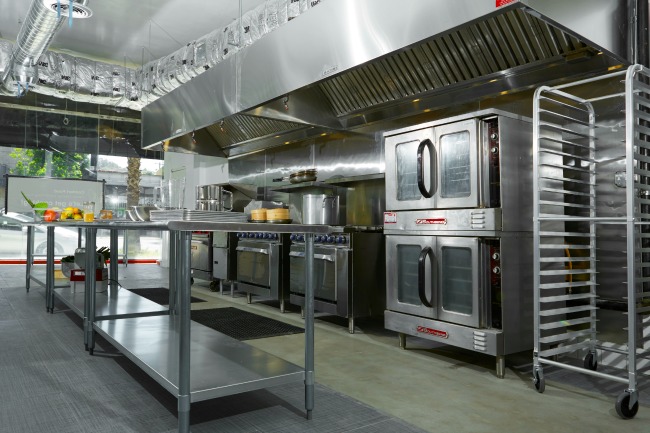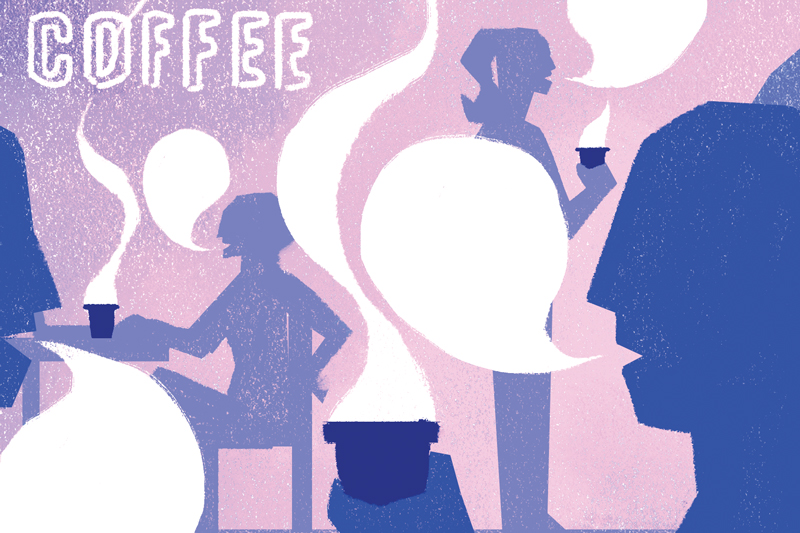
Communing with Alfred
Why one neighborhood coffee shop is about so much more than a cuppa’ joe.
-
CategoryEat & Drink
-
WRITTEN BYJESSICA CARY FIERS
-
ILLUSTRATED BYCHRISTINE GEORGIADES
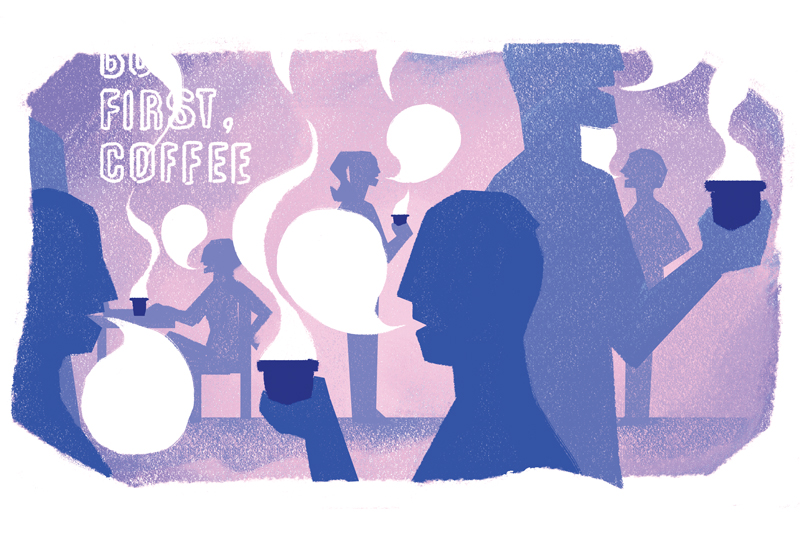
As I relax in a quiet corner of the coffee shop, with a paper cup housing a velvety hazelnut latte, three young girls snag the table next to me. Holding bunches of vibrant Gerbera daisies, they begin taking photographs of each other against a monochromatic wall. The girls chatter about hashtags and postings on Snapchat and Instagram, attempting to find the perfect phrase to accompany a seemingly ordinary photograph of a girl sitting with a handful of flowers. However this coffee shop—Alfred—is anything but ordinary.
Sure, there is great coffee—and I mean great—but there’s something else that is key in explaining the shop’s appeal and it has nothing to do with food or drink.
Each time I enter my neighborhood Alfred, it’s not
long before I begin impromptu conversations.
I recently moved here from Maryland and it has been quite an experience. Although LA has over 12 million residents, the city can feel strangely isolating. There are hundreds of neighborhoods with incredible distances between them; the name “LA” seems to be the only collective tie. For me, Alfred acts as a tether that connects the communities.
Opened in 2013 by Joshua Zad, the first Alfred Coffee & Kitchen sits along the tree-lined, serene street Melrose Place, just off La Cienega Blvd. Zad opened the shop after noticing that his neighborhood needed a watering hole. The spot was an instant hit, giving way to shops in Brentwood and then Silver Lake. A smaller outpost opened on Melrose Avenue and then finally, it was our turn. In the fall of 2016, Alfred Coffee Studio City opened.
Zad gave the Alfred Coffee Studio City a decidedly Valley vibe—an earthy, rustic decor with few modern touches. On Sundays, when there’s a weekly farmers market, customers commune on the inviting outdoor patio, chatting and watching all the shoppers fill bags with colorful produce.
Dark wood, forest green tiles and teal fixtures decorate the interior. Needlework and pastoral paintings hang from the walls. It is tiny, but homey—the absolute definition of the now ubiquitous Danish term hygge, meaning warmth and coziness. The menu, written in white on deep green tiles, offers myriad items: fresh-baked goods like strawberry croissants and gluten-free muffins, chia and yogurt, or kombucha on tap.
Each time I enter my neighborhood Alfred, it’s not long before I begin impromptu conversations. There’s the gentleman in the corner who intently reads The New York Times every morning; the grandmother pushing the double stroller, arms full of marmalade and jams from the farmers market; the writer on his MacBook Pro who can never remember the Wi-Fi password.
Although I know none of their names, I see them each and every weekend, and they always speak. For a city like LA, where oftentimes people don’t even acknowledge one another’s presence, this form of constant communal interaction over a frothy cappuccino is a pleasant and welcome surprise.
So the next time you’re enjoying your Alfred Cone or Matcha Latte here in the Valley, sip slowly. Take a moment to absorb the atmosphere. This is your “hood.” Look around at others; engage in your surroundings; sit at the communal table and talk to the person sitting next to you. Who knows? They might just be your neighbor.





